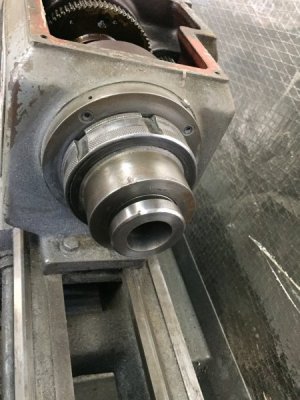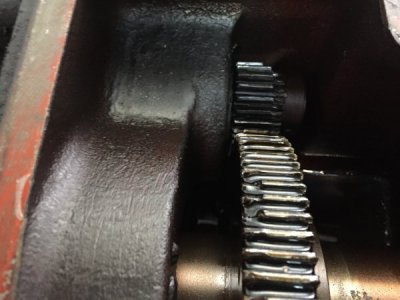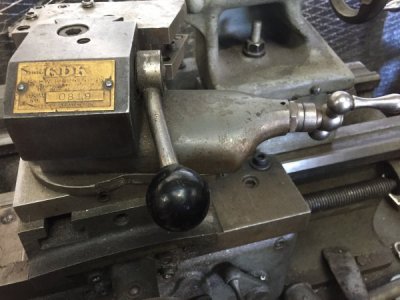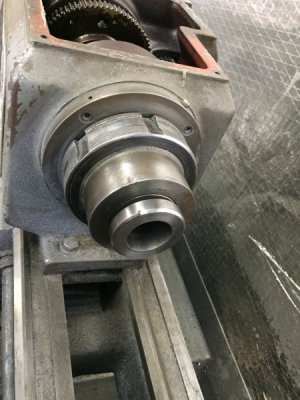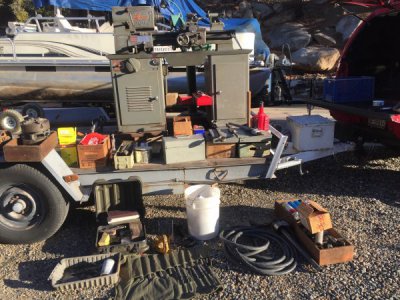- Joined
- Jan 28, 2015
- Messages
- 36
So while on the hunt for a motor for a Sebastian 16x60 I am working on I stumbled across a Logan 2535 VLH. I had no idea what it was when I found it except it was a Logan. It was packed in a seatrain filled with tools of all sorts, piled on top of it and all around it. It was not connected to power and too crowded in there to use it anyway. The woman who owns it lost her husband 2 years ago, he was a tool hoarder, no better way to put it. So anyway she is selling everything so of course I had to have the lathe. A friend of mine and I spent a whole day removing the lathe and going through most of the tools in the seatrain. We left with a truck and trailer loaded with stuff and barely made a dent in in the load of stuff in the seatrain.
So from what I have been able to find the 2535 only came as a turret lathe, this one has a tailstock. The tailstock looks small and looks like a spacer on the bottom to bring it to the proper height, normal? It is in good condition, need to clean it. Came with 3 and 4 jaw chucks (Cushman), collet closer with collets, steady rest, KDK tool holder, and some other stuff. I still have to look through more thoroughly. I will post more pics and info later after I get it unloaded. These pics are where I got it from after removing stuff from around it.
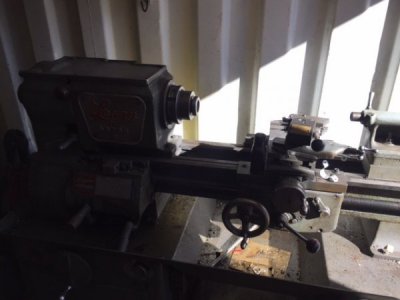
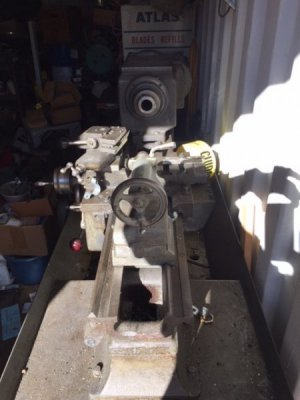
So from what I have been able to find the 2535 only came as a turret lathe, this one has a tailstock. The tailstock looks small and looks like a spacer on the bottom to bring it to the proper height, normal? It is in good condition, need to clean it. Came with 3 and 4 jaw chucks (Cushman), collet closer with collets, steady rest, KDK tool holder, and some other stuff. I still have to look through more thoroughly. I will post more pics and info later after I get it unloaded. These pics are where I got it from after removing stuff from around it.




